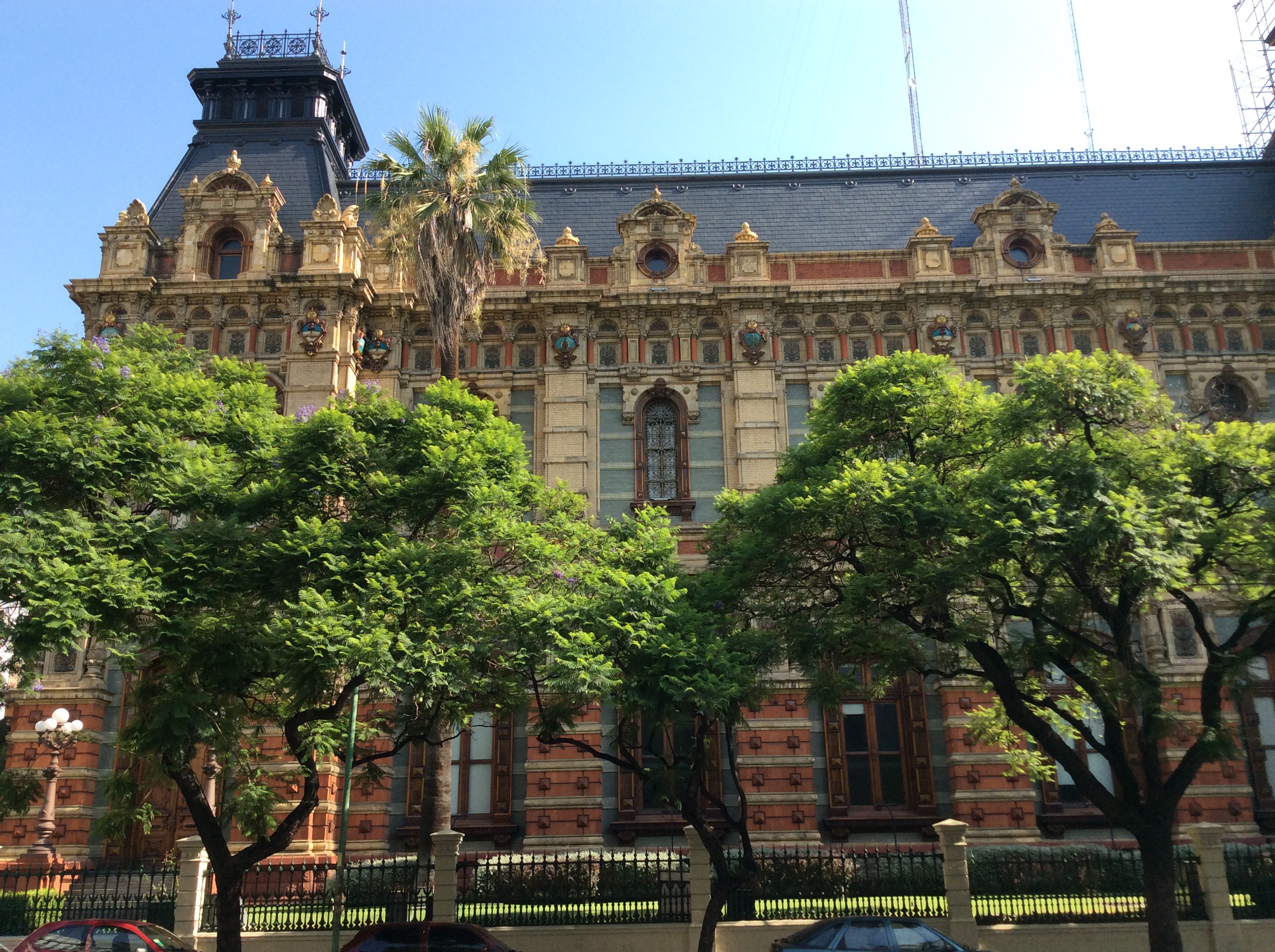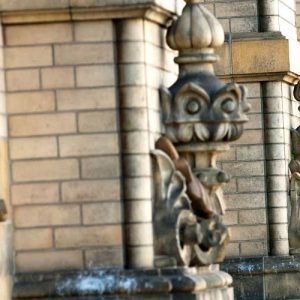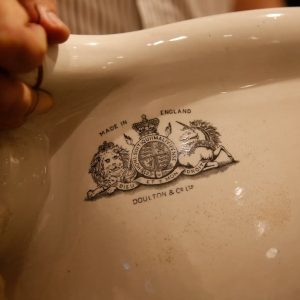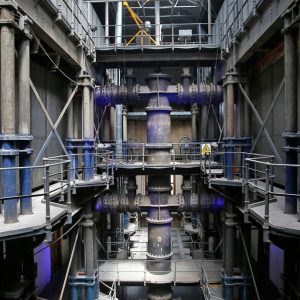There were more than 300 thousand pieces of terracotta for the exterior cladding that crossed the ocean. Numbered, one by one, they made that great architectural puzzle that today is one of the most exotic buildings in the city of Buenos Aires. Inside, the Palacio de las Aguas Corrientes hides the first mole of steel in Buenos Aires health, which was the symbol of prosperity and modernism that prevailed in the country at the end of the 19th century.
The construction continues to generate admiration and surprise in locals and tourists who find, near the center of Buenos Aires, a style that does not resemble the French that dominated the Rio de la Plata architecture.
The only rare thing here is the Belgian structure, not because Belgium did not do such works, but because in Argentina the common thing is English. The Belgians won the tender because they offered a much lower price to manufacture and assemble this.
It is one of the most beautiful buildings in the city and very few know that it was built to remedy diseases and have a city supplied by 72 million liters of water in its 12 tanks .
Lifting a mass of iron and one of the city’s iconic eclectic architectural works demanded the daily work of 400 people for 7 years, between 1887 and 1894.
What gives the character, its striking style, are the 300 thousand pieces of glazed terracotta brought from England.This building was conceived as a model to assemble. As a kind of remote puzzle where each piece has its number and letter that corresponds to the one on the plans to know where each one was going, Even more than 120 years later, some of the spare parts that had been sent in case they were broken are preserved and exhibited.
A must see in Buenos Aires !!
















Comment (0)